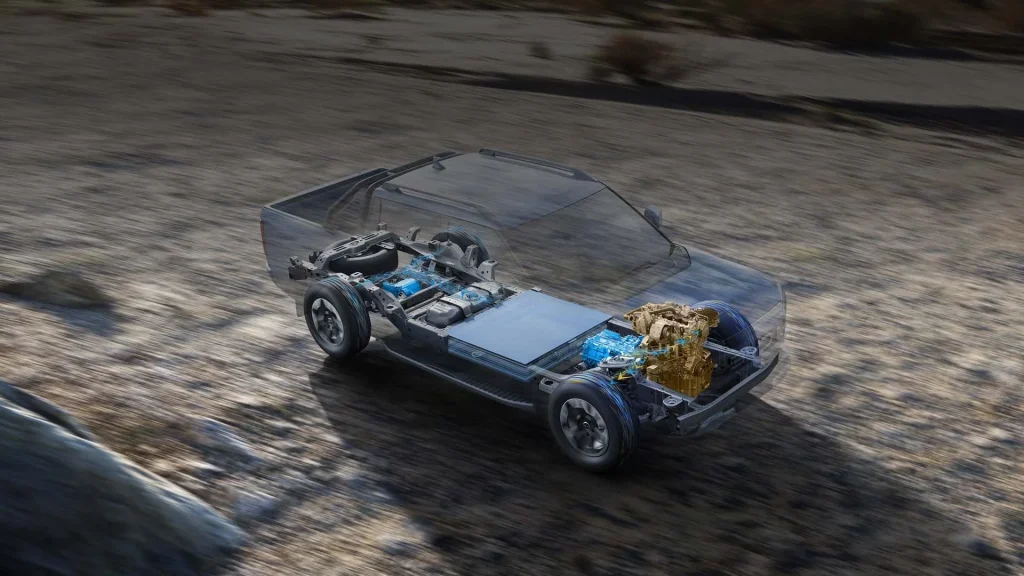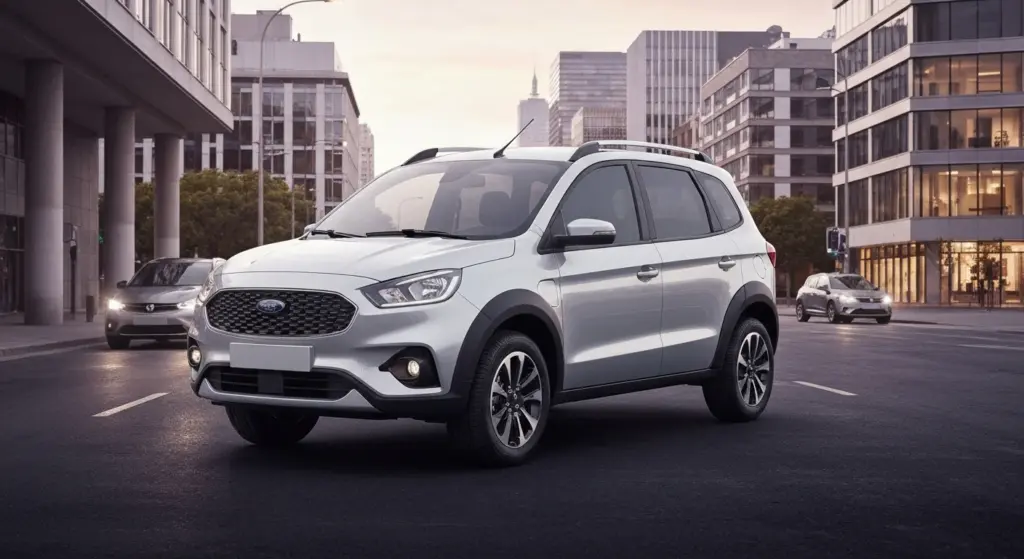For years, I’ve heard the same old story: “Oh, electric cars? The battery doesn’t last at all! It costs a fortune to replace!” Well, my friends, get ready for a surprise, because a new study just busted that nonsense once and for all.

Recent research is turning the tables and proving that the longevity of electric vehicle batteries is, in fact, impressive. Forget what you thought you knew, because the real data paints a much more promising picture about the future of electric mobility. It’s time to confront the skeptics with facts, not assumptions.
Will Your Electric Car Battery Outlast Your Car? Science Answers!
A detailed survey conducted by the renowned telemetry company Geotab revealed data that is absolutely mind-blowing! The average annual degradation of high-voltage batteries is just 1.8%. This means the lifespan of these components can easily reach 20 years, a figure that shatters any argument about the “short life” of these technological gems.
To put this into perspective, the average age of internal combustion vehicle fleets in many developed regions barely exceeds 14 years. Even after two decades of intense use, an electric vehicle battery can still retain about 64% of its original capacity, which is more than enough for most drivers. That’s a slap in the face to anyone who still doubts the durability of electric cars. For those seeking to optimize range and fast charging, technologies like the Xiaomi battery promise incredible advances.
These data are crucial to refute the narrative that battery replacement costs are a barrier. With such durability, the need for a full replacement is statistically negligible, making the total cost of owning an electric vehicle much more predictable and competitive in the long run. It’s a paradigm shift, damn it!
Factors That Influence Degradation: Where’s the Weak Spot, Anyway?
Of course, no technology is perfect, and battery degradation is not linear. Several factors, such as cell type, climate, and charging habits play a crucial role. In regions with high temperatures, for example, wear tends to be a bit more pronounced, but nothing that compromises overall longevity. For models like the Peugeot E-208 GTI Electric, which focus on performance, battery thermal management is essential.
Another important point is the type of charging. Ultra-fast direct current (DC) charging, while convenient for long trips, can slightly accelerate degradation compared to slower alternating current (AC) Level 1 or Level 2 chargers. It’s a trade-off every EV driver needs to consider. For example, high-performance vehicles like the Ford Super Mustang Mach-E require advanced charging and cooling systems to maintain battery integrity under stress.

Additionally, how you maintain the battery’s charge level is vital. For NMC (Nickel-Manganese-Cobalt) or NCM (Nickel-Cobalt-Manganese) cells, it is ideal to keep the charge level between 20% and 80% to maximize lifespan. LFP (Lithium-Iron-Phosphate) batteries, which are becoming globally more common in various models, are more tolerant of full charges. However, studies indicate that consistently charging to 100% can still reduce lifespan in some cases. It’s a detail, but it makes a major difference in the long run.
Essential Tips to Prolong Your EV Battery’s Life
- Avoid Extreme Heat Exposure: Park in the shade whenever possible.
- Prioritize Slow Charging: Use Level 1 or Level 2 AC chargers for daily use.
- Manage Charge Levels: Keep between 20% and 80% for NMC/NCM batteries.
- Adjust Charging for LFP: LFP batteries tolerate 100%, but avoid doing so constantly.
- Monitor Battery Health: Use telemetry apps and tools.
- Avoid Deep Discharges: Don’t let the battery reach 0% frequently.
Complete Failures Are Rare: Is This the End of the Battery Replacement Nightmare?
If you’re worried about having to shell out a fortune to replace the battery, you can relax. Geotab’s study revealed that the complete failure rate of vehicles made in the last ten years is incredibly low, under 0.5%. This means cases of total battery replacement are, for all intents and purposes, statistically insignificant—provided the vehicle is used and maintained properly. It’s irrefutable proof of the reliability the automotive industry has achieved, and the evolution continues, as seen in advances in models like the Audi Q6 and SQ6 e-tron 2025.
Just like combustion engines undergo natural wear over time, the gradual loss of battery capacity is part of the normal lifecycle of the vehicle. The difference is that electric vehicle degradation is far more controlled and predictable. According to Geotab, most electric vehicles maintain excellent battery health over the years, exceeding many expectations. For more details on EV battery durability, you can check out Geotab’s full study, a reliable source in the field: Geotab EV Battery Health Study.
The perception that batteries are a weak spot is largely a leftover from old technologies and misinformation. Modern electric vehicles are designed to last, and their batteries are robust and reliable. That, my friend, is a game changer that should silence many skeptics. The evolution of electric vehicle range, like with the 2026 Nissan Leaf, shows that concerns about driving distance are becoming increasingly outdated. To dive deeper into battery care, it’s worth checking out the maintenance principles at Battery University.

Frequently Asked Questions About EV Battery Durability
- How long does an electric vehicle battery really last? Studies suggest the lifespan can reach 20 years, with an average annual degradation of 1.8%.
- What’s the impact of fast charging on the battery? Fast charging (DC) can slightly accelerate degradation compared to slow charging (AC), but the effect is minimized by battery management systems.
- Should I always charge my battery to 100%? For NMC/NCM batteries, it’s best to stay between 20% and 80%. For LFP, charging to 100% is more tolerated, but regular full charges may slightly impact longevity.
- Is replacing an electric vehicle battery expensive? Complete failure rates are very low (under 0.5%), making full replacement statistically insignificant during the vehicle’s lifespan, assuming proper maintenance.
- Does climate affect battery life? Yes, extreme temperatures, especially excessive heat, can speed up degradation. It’s recommended to avoid prolonged exposure to high temperatures and charge in cooler environments.
Look, in the end, the message is clear: electric vehicle battery durability is no longer a big mystery. On the contrary, it’s one of their greatest assets! Personally, I see this as undeniable proof that the shift to electric mobility is not just a trend, but a solid and sustainable reality. The concerns are valid, but technology is advancing rapidly, and the data is there to prove it. It’s a revolution, and those who don’t see it are, frankly, missing the boat. It’s a huge leap forward!
And you, what do you think about the durability of electric car batteries? Leave your comment and let’s discuss!
Author: Fabio Isidoro
Founder and editor-in-chief of Canal Carro, he dedicates himself to exploring the automotive universe with depth and passion. A car and technology enthusiast, he produces technical content and in-depth analyses of national and international vehicles, combining quality information with a critical eye for the public.









